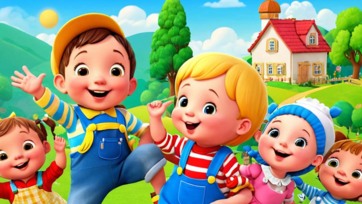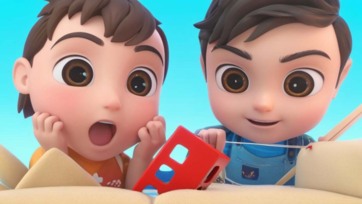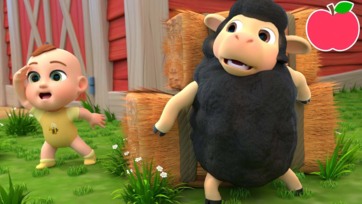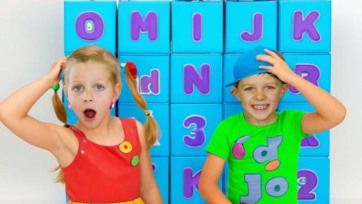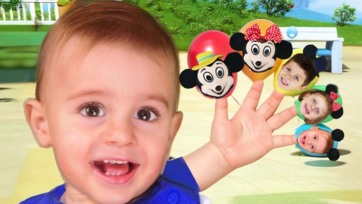Boosting Motor Skills with Our Songs and Nursery Rhymes
From a very young age, children are eager to move and explore their world. Our songs and nursery rhyme videos are designed to support and enhance this natural development of motor skills. With engaging and interactive content like the "Clap Your Hands" song and the beloved "Baby Shark," we provide a fun and effective way for little ones to learn and grow.
Developing Motor Skills Songs that incorporate actions like clapping, jumping, and dancing are excellent for helping children develop their motor skills. These movements not only make the songs more fun but also encourage physical activity, which is crucial for young children’s development. By participating in these activities, kids can improve their coordination, balance, and fine motor skills.
Interactive Songs for Active Learning Our "Clap Your Hands" song is a perfect example of how music can encourage movement. As children listen and follow along, they clap their hands, stomp their feet, and get their whole bodies moving. These actions help children develop rhythm and coordination while also providing a fun and energetic way to engage with the music. Similarly, the "Baby Shark" song, with its catchy tune and easy-to-follow dance moves, has become a favorite among young children. The repetitive actions and movements are simple enough for even the youngest kids to follow, making it an excellent tool for developing gross motor skills. Children love the opportunity to move around and mimic the actions of their favorite characters.
Enjoyment and Learning Combined What makes our songs and nursery rhymes so effective is the combination of enjoyment and learning. Kids are naturally drawn to music and movement, and by incorporating these elements into our videos, we create an environment where learning happens effortlessly. The joy and excitement children experience while dancing and singing along make these activities highly memorable, reinforcing the development of motor skills in a way that feels like play.
The Importance of Early Physical Development Encouraging physical activity from a young age is crucial for healthy development. Through our videos, we provide children with opportunities to practice and refine their motor skills in a safe and enjoyable way. This early development lays the groundwork for more complex physical abilities as they grow older and contributes to their overall well-being. With our engaging and interactive songs and nursery rhymes, children can enjoy the benefits of physical activity while also having a great time. Join us in helping your little ones grow strong, coordinated, and happy through the power of music and movement!


